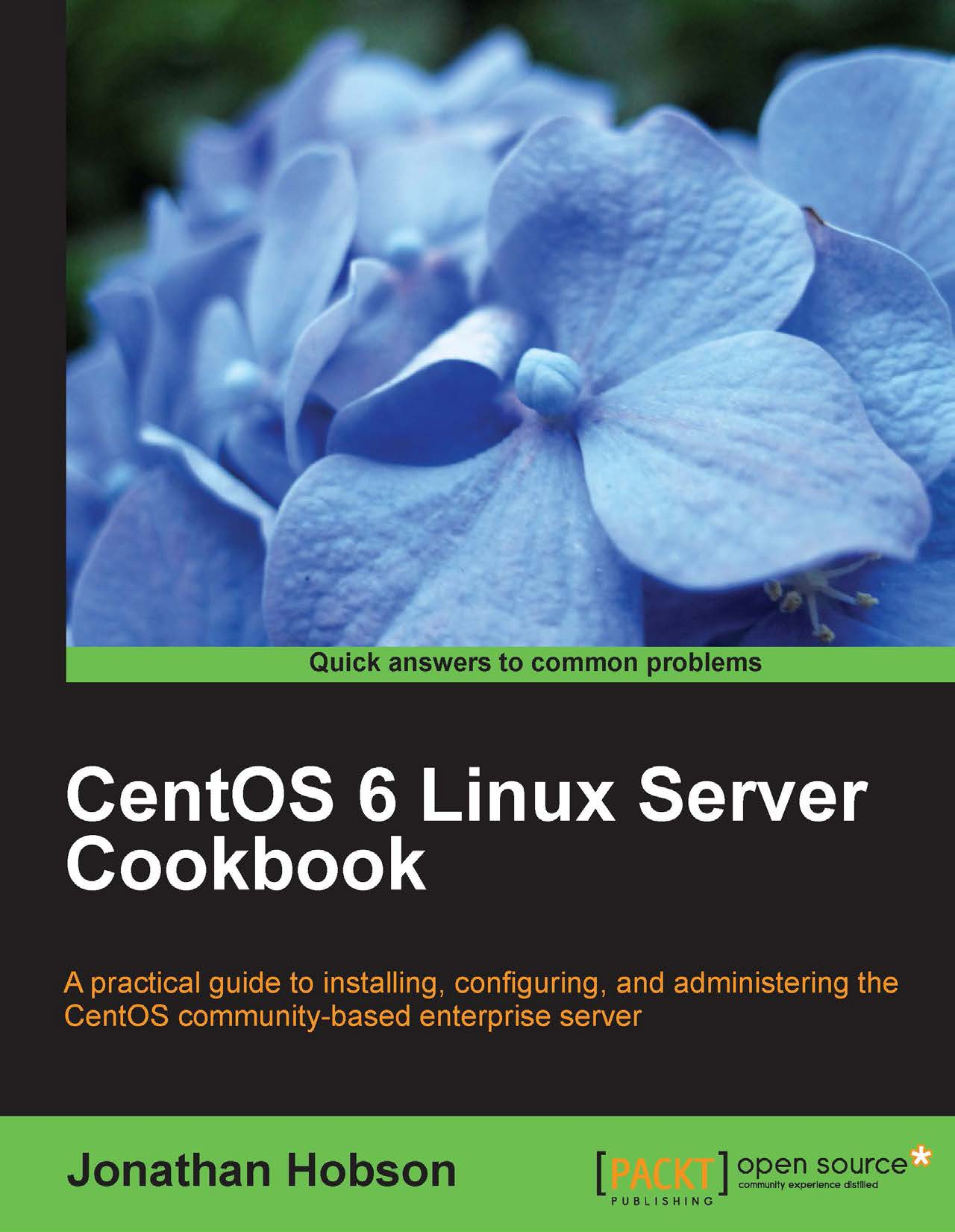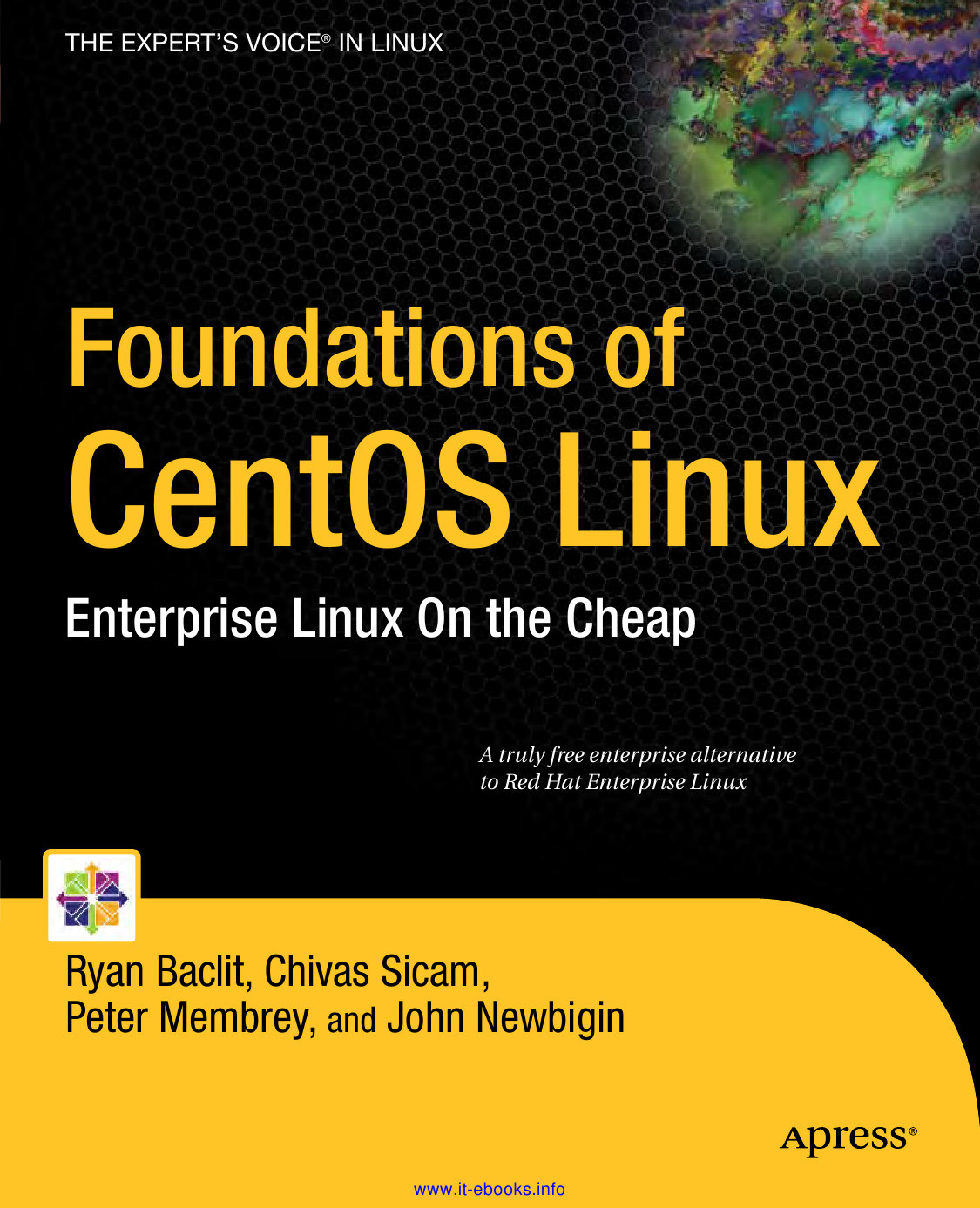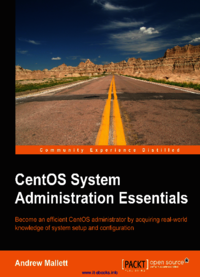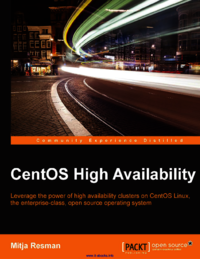Etiqueta "CentOS"
Se han encontrado 4 Coincidencias
CentOS 6 Linux Server Cookbook
Linux Servers
86 Visitas | 153 Descargas | 2013-09-23 13:36:48 | cbustillo
A practical guide to installing, configuring, and administering the CentOS community-based enterprise server.

Foundations on CentOS Linux
Linux
97 Visitas | 166 Descargas | 2013-09-23 13:41:57 | cbustillo
Community Enterprise Operating System, or CentOS, is an enterprise Linux distribution. It was developed by the CentOS Project community using the source code of the commercial Linux distribution from Redhat, the Redhat Enterprise Linux (RHEL). They created CentOS to have a free alternative to RHEL and to have a Linux distribution that's as stable as its commercial counterpart and can keep up with the requirements of the enterprise. Using CentOS is a good choice to learn Linux not only for its RHEL roots but also for its compatibility, quality, and support.

CentOS System Administration Essentials
Linux
64 Visitas | 89 Descargas | 2015-01-16 12:27:23 | cbustillo
CentOS is widely respected as a very powerful and flexible Linux distribution, and it can be used as a web server, file server, FTP server, domain server, or a multirole solution. It is designed to handle the more demanding needs of business applications such as network and system administration, database management, and web services. CentOS is self-sufficient and fast while working, with the added benefit of global acceptance as a large number of the world's web servers run on it. This book not only concentrates on the basics, but also supplements your existing knowledge on subject areas that are important in the Enterprise market, such as directory services, security configuration management, and web-based architecture. By the end of this book, you will be able to manage an Enterprise Linux network focused on management-centralized configuration, user management, and filesystem enhancements by covering everything from the latest filesystem advances with BTRFS through to learning about the new web server on the block - Nginx.

CentOS High Availability
Linux
55 Visitas | 85 Descargas | 2015-05-27 01:03:08 | cbustillo
The high performance and stability of CentOS Linux are the key factors that make CentOS Linux the right Linux distribution to build high availability solutions on. This book introduces you to high availability before briefly walking you through the cluster stack and its layers. The book is then divided into two parts, part A and part B, based on CentOS versions 6 and 7 respectively. Each part begins with the installation and configuration of the Corosync cluster messaging software with CMAN or with the Pacemaker cluster resource management software. You will also be introduced to cluster service configuration and cluster service management before you configure fencing or STONITH on CentOS 6 and CentOS 7. By the end of this book, you will have the skills required to independently design, implement, and maintain a CentOS high availability multinode cluster environment.
Contribuir
Usted puede contribuir con Libros UCLV, es importante para nosotros su aporte..
Contribuir